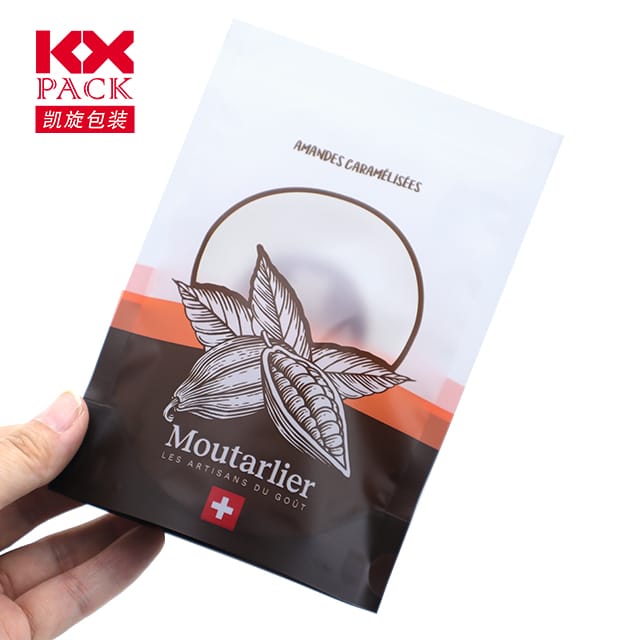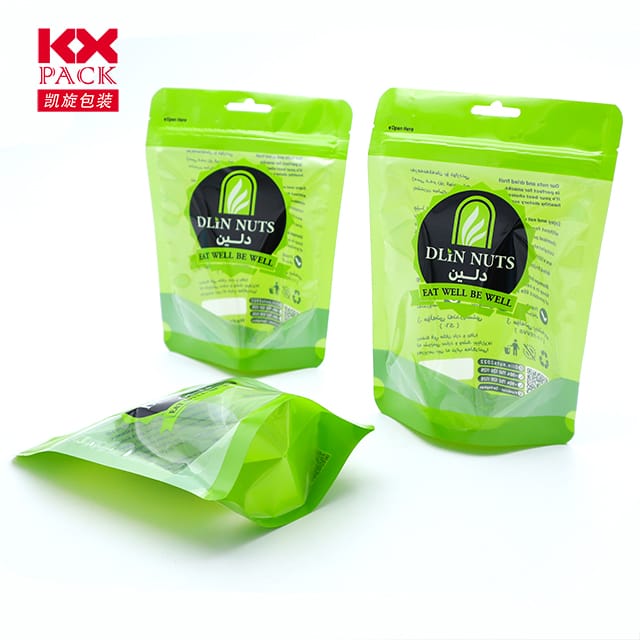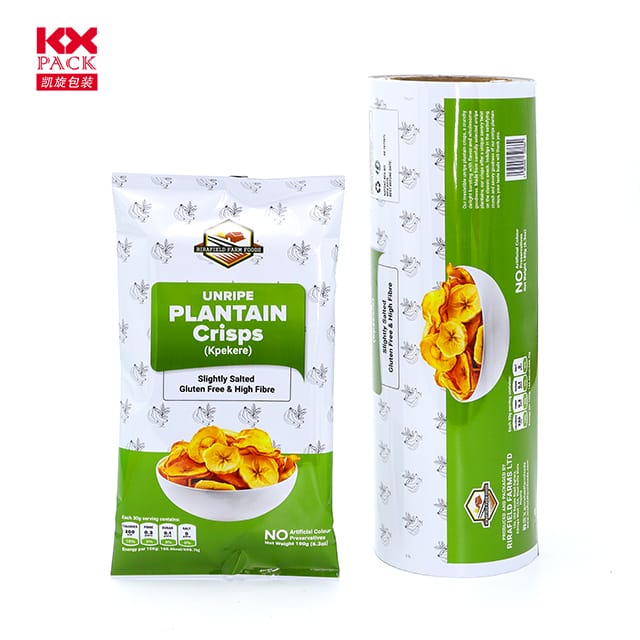식품 플라스틱 필름의 숨겨진 위험: 부엌이 남은 음식보다 더 많이 포장하고 있습니까??
식품 플라스틱 필름
In the age of convenience, 식품 플라스틱 필름 (집착 필름이라고도합니다, 플라스틱 랩, 또는 사란 랩) 부엌 필수품이되었습니다. 남은 음식을 보존하는지 여부, 밀봉 샌드위치, 또는 신선한 농산물 포장, 이것은 투명합니다, 신축성있는 재료는 필수 불가결 한 것 같습니다. But have you ever paused to consider what lurks beneath its seemingly harmless surface? Let’s peel back the layers on food plastic film—its environmental footprint, health risks, 그리고 친환경 대안.
1. The Environmental Toll: A Plastic Problem That Won’t Stick Around
식품 플라스틱 필름 is typically made from low-density polyethylene (LDPE) 또는 폴리 비닐 클로라이드 (PVC). Both materials are lightweight, 튼튼한, and… incredibly persistent.
- Non-Recyclable Nightmares: Most municipal recycling programs reject plastic film due to its tendency to tangle machinery. This means the majority ends up in landfills, where it takes 20–1,000 years 분해합니다.
- Microplastic Menace: When exposed to heat, sunlight, or friction, plastic film breaks down into microplastics. These tiny particles infiltrate soil, 수로, and even the air we breathe, 생태계와 인간 건강에 위험을 초래합니다.
- Wildlife Hazard: Marine animals often mistake plastic debris for food. Turtles, seabirds, and whales have been found with stomachs full of indigestible plastic, leading to starvation or internal injuries.
2. Health Risks: 언제 “보존” Food Becomes Preserving Toxins
Beyond environmental harm, plastic film raises concerns about chemical leaching into the food it’s meant to protect.
- Phthalates and BPA (Sometimes): PVC-based films may contain phthalates (plasticizers that soften the material) or bisphenol A (BPA), chemicals linked to hormonal disruptions, reproductive issues, and even cancer. While many modern films claim to be “phthalate-free,” regulatory gaps mean transparency varies by brand.
- Heat = Higher Risk: Using plastic film in microwaves or to cover hot dishes can accelerate chemical migration. ㅏ 2021 study by Environmental Science & Technology found that fatty foods stored in plastic wraps absorbed up to 40% more phthalates than those stored in glass.
- Skin Irritation: Direct contact with PVC films may cause rashes or allergic reactions in sensitive individuals, especially those with eczema or dermatitis.
3. Eco-Friendly Alternatives: Wrapping Up Sustainability
좋은 소식? You don’t need plastic film to keep food fresh. Here are practical, planet-friendly swaps:
- Beeswax Wraps: Reusable, 퇴비화 가능한, and naturally antibacterial, these wraps mold to containers or food using the warmth of your hands. 같은 브랜드 Bee’s Wrap offer colorful, durable options.
- Silicone Food Covers: Flexible, airtight, and dishwasher-safe, silicone lids stretch over bowls, 접시, or even half-cut produce. They’re BPA-free and last for years.
- Glass Containers: Opt for airtight glass storage with leak-proof lids. Bonus: They’re microwave-safe and won’t absorb odors or stains.
- Reusable Fabric Covers: For bread, bowls, or dough, breathable fabric covers (like those from Etee) eliminate plastic waste while keeping food fresh.
- Paper or Parchment: For short-term storage, unbleached parchment paper or waxed butcher paper can work wonders—just avoid using them with acidic or fatty foods.
4. Smart Shopping: How to Choose Safer Films (If You Must Use Them)
If 식품 플라스틱 필름 is unavoidable, follow these tips:
- Read Labels: Look for “PVC-free,” “phthalate-free,” 또는 “BPA-free” claims. LDPE-based films (often labeled #4 recycling code) are generally safer than PVC (#3).
- Avoid Heat: Never microwave food wrapped in plastic film. Opt for microwave-safe glass or ceramic containers instead.
- Store Smartly: Keep plastic film away from fatty, acidic, or hot foods to minimize leaching.
- Reuse Mindfully: Wash and reuse non-PVC films for non-food tasks (예를 들어, wrapping craft supplies) to extend their lifespan.
결론: Breaking Free from the Plastic Habit
Food plastic film might seem like a small convenience, but its cumulative impact—on our health, oceans, and climate—is anything but trivial. By embracing reusable alternatives and advocating for stricter regulations on plastic production, we can wrap up this chapter of environmental neglect and start fresh.
Your turn: Have you ditched plastic film? Share your favorite eco-swaps in the comments below! Let’s inspire each other to make kitchens (and the planet) a little greener. 🌱
키워드: 식품 플라스틱 필름, plastic pollution, eco-friendly alternatives, health risks, sustainable living







